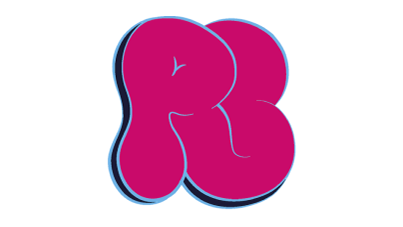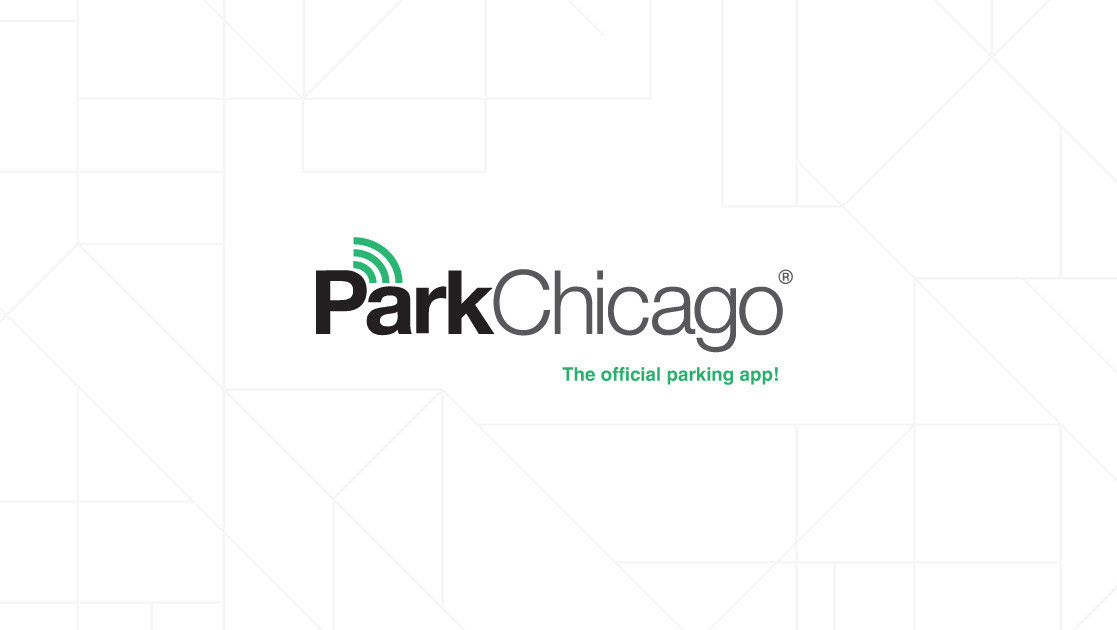Duration:
15 weeks
15 weeks
My Role:
UX Researcher
UX Researcher
Designer
Tools:
Problem:
How might we support stray or homeless animals in their journey to finding a permanent home?
How might we support stray or homeless animals in their journey to finding a permanent home?
Solution:
By providing accessible resources on breed-specific needs and the realities of adoption, and collaborating with shelters and animal advocacy groups, we can help reduce impulsive adoptions and ensure animals are placed in homes that are equipped to provide long-term care and support.
By providing accessible resources on breed-specific needs and the realities of adoption, and collaborating with shelters and animal advocacy groups, we can help reduce impulsive adoptions and ensure animals are placed in homes that are equipped to provide long-term care and support.
Process Overview:
Research & Discovery:
We initiated our research by exploring the difficulties associated with stray and homeless animals.
* Discovered our audience and defined them
* Created our user persona
* Interviewed dog owners, pet sitters, foster caregivers, veterinarians, and shelter staff
* Discovered our audience and defined them
* Created our user persona
* Interviewed dog owners, pet sitters, foster caregivers, veterinarians, and shelter staff
These insights allowed us to pinpoint opportunities where an app could provide meaningful solutions, ultimately shaping the project’s vision and focus.
Audience:
* Animal-owners: Those who have an animal empathize with the animals that are without a home and are always wanting to help, donate, ect.
* Animal-sitters: Those that are on Rover or other pet-sitting interfaces would be open to taking in an animal at last minute.
* Veterinarians: Unfortunately, strays usually are malnourished or injured in some way and need immediate medical attention. So hospitals like VCA Animal Hospital
* Animal shelter volunteers: Shelters or entities that take in stray animals who have daily experience with this exact thing.
* Animal lovers: I can say for myself before I even had dogs, I loved and appreciated animals and wanted to do anything I could to aid the ones less fortunate. So anyone with a dog/pet in this case.
* Animal-sitters: Those that are on Rover or other pet-sitting interfaces would be open to taking in an animal at last minute.
* Veterinarians: Unfortunately, strays usually are malnourished or injured in some way and need immediate medical attention. So hospitals like VCA Animal Hospital
* Animal shelter volunteers: Shelters or entities that take in stray animals who have daily experience with this exact thing.
* Animal lovers: I can say for myself before I even had dogs, I loved and appreciated animals and wanted to do anything I could to aid the ones less fortunate. So anyone with a dog/pet in this case.
Ideation & Concept Development:
As a team, we collaborated to define the core concept of the app, focusing on features such as breed-specific care guides, resources for responsible adoption, and tools to facilitate connections between pet owners and professionals. Additionally, we developed mood boards to establish the app’s visual identity and guide its overall aesthetic. This process helped us align on a user-friendly and engaging design that caters to a diverse audience while staying functional and visually cohesive.
User Testing & Feedback:
After completing our research strategy, we moved on to developing prototypes and conducting user testing. We tested the app with potential users, including dog owners and foster parents, to evaluate its usability and the relevance of its content. The feedback we received highlighted areas where the design and educational materials could be improved. We refined those resources to make them more accessible and valuable for our target audience. Below you will find paper and medium fidelity prototypes that we developed in this stage.
After completing our research strategy, we moved on to developing prototypes and conducting user testing. We tested the app with potential users, including dog owners and foster parents, to evaluate its usability and the relevance of its content. The feedback we received highlighted areas where the design and educational materials could be improved. We refined those resources to make them more accessible and valuable for our target audience. Below you will find paper and medium fidelity prototypes that we developed in this stage.
Style Guide:
While user testing we created a style guide that was going to be utilized in our high fidelity prototype for our final deliverable of our app.

